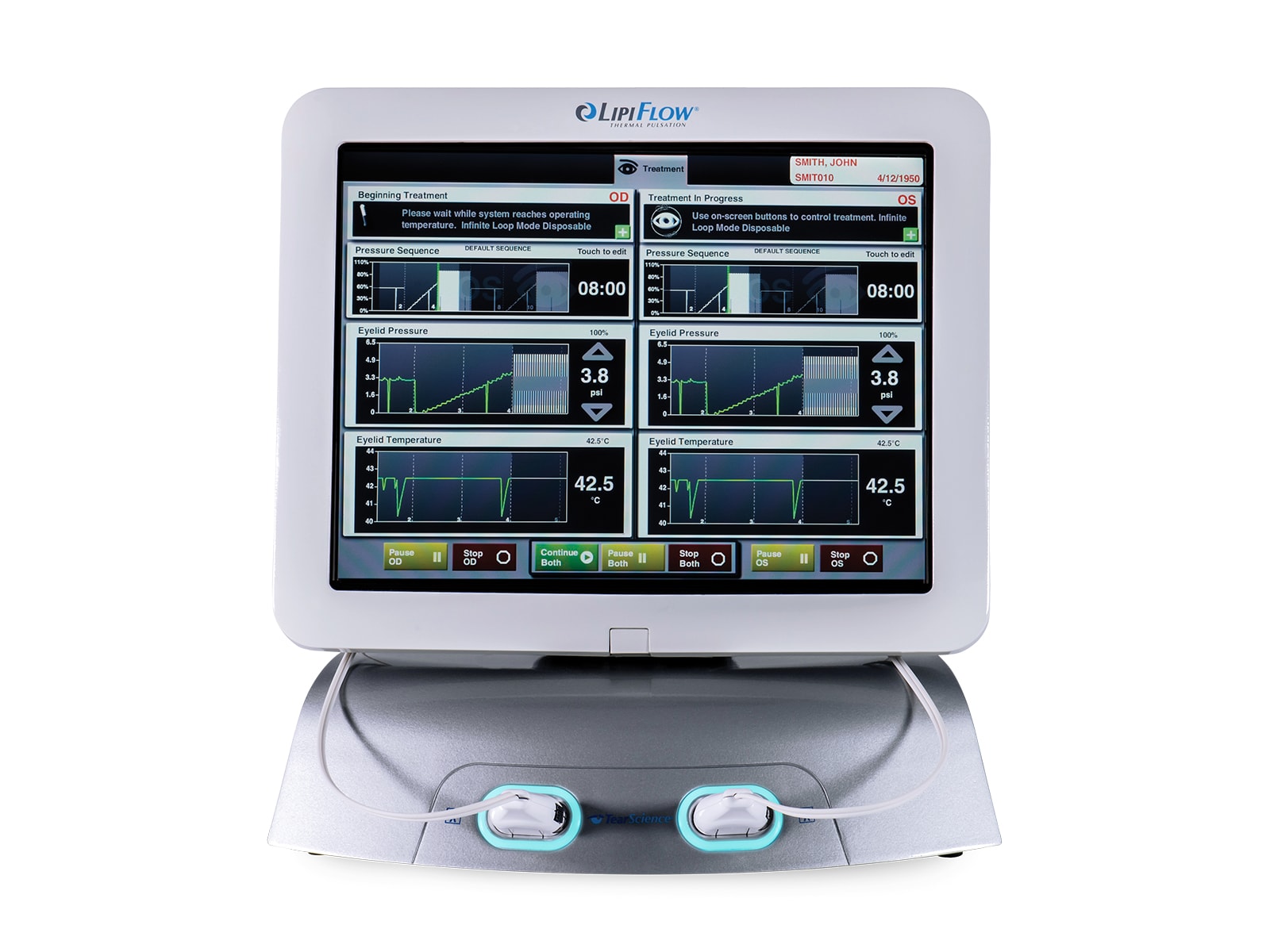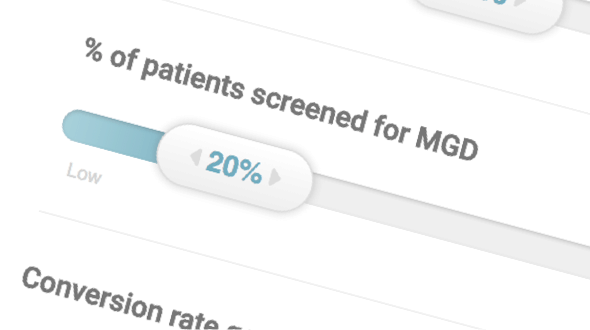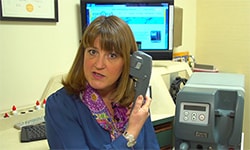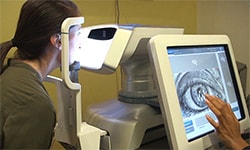Editorially Independent Content
LipiFlow Thermal Pulsation System (TearScience) is one of the exciting new technologies that we have incorporated into our practice to treat patients with dry eye and meibomian gland disease (MGD). This is a subject that has been very frustrating for physicians for quite some time. We have had some options to treat these diseases, but it has been difficult to manage chronic dry eye and MGD patients. Now, with the advent of LipiFlow, we have a very effective treatment to clear the meibomian glands of retained oil and return them to normal functioning. It offers patients symptomatic relief and helps stabilize the tear film to give them more comfortable eyes and improved vision.
How it Works
LipiFlow is a 12-minute, bilateral treatment that uses a specially designed activator to warm and massage the eyelid. Heat liquefies the contents of the meibomian gland, and when coupled with the pulsatile action, the treatment facilitates secretions from that gland.
Experiences in Practice
To identity patients that will benefit from LipiFlow, we use the LipiView interferometer, which captures images and provides a color map analysis of the thickness of the lipid component in the meibomian glands. Depending on the results and previous therapeutic history, we will proceed with LipiFlow immediately. We have seen great improvement in quality of vision, comfort, and relief from chronic symptoms in LASIK patients, multifocal lens implant patients, and patients with chronic evaporative dry eye. I have had the procedure done myself and have been very pleased to have this as a new tool in our armamentarium.
Architecting the Right Workflow
One of the initial challenges we had with regard to incorporating the LipiFlow system into our practice was deciding how to structure our protocol to offer it to patients. We designated one technician in our practice that is skilled at educating patients, screening with the LipiView, and conducting the LipiFlow treatment. With this strategy, patients are very receptive to going through the process and having the treatment.
Another challenge is cost, as patients have to decide where to spend their dollars. In October of 2015 the company announced a 50% reduction in the price of the single-use activators used during each treatment, which makes it accessible for more patients. I believe patients understand and realize the value of LipiFlow, especially if they have used some of the standard therapies for any period of time without good relief.






